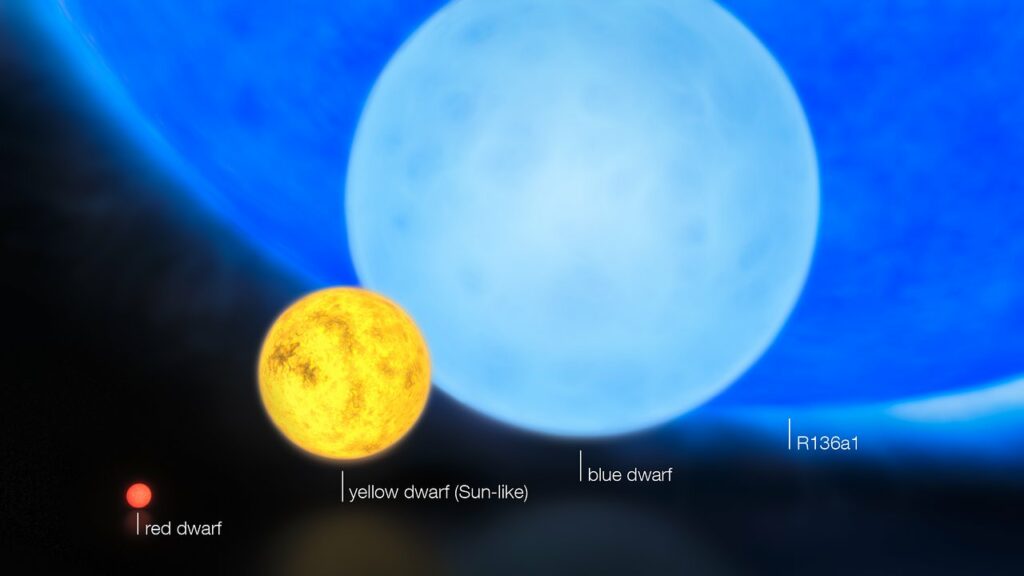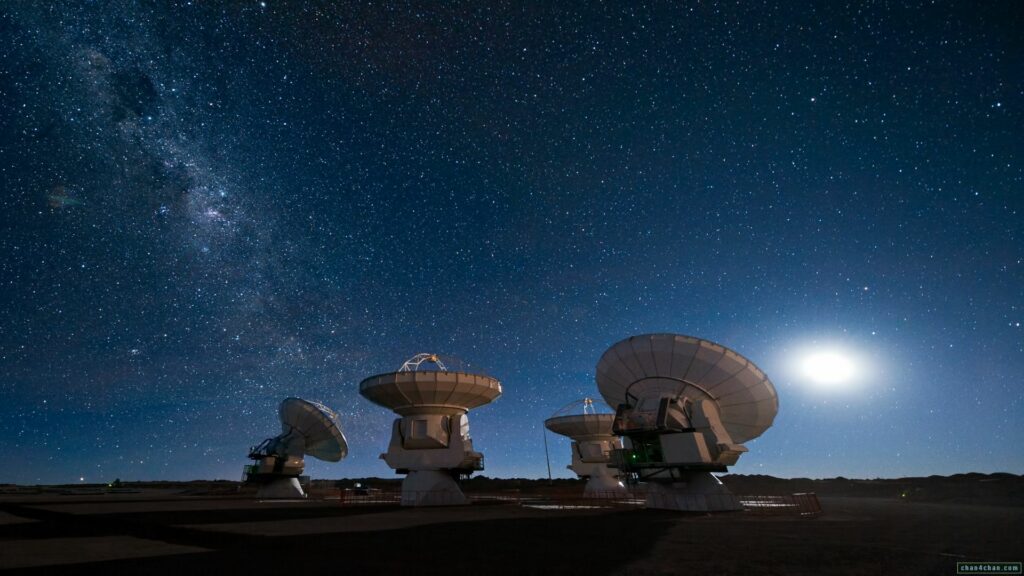In the vast realm of astronomy, few areas are as exciting—or as exasperating—as the hunt for exoplanets, those elusive worlds orbiting stars beyond our solar system. And behind this quest lies the ultimate question: is there another planet out there, similar to Earth, where life could exist? Are we alone in the universe, or could there be an alien species right now pondering the same mysteries under a different sky?
For the past 30 years, astronomers have been searching for habitable planets, and yet, we haven’t found any definitive signs of extraterrestrial life. You might be thinking, “What’s going on here? Are we looking in the wrong places? Maybe we’ve been wasting all that precious observation time on dead, inhospitable planets?” Well, you wouldn’t be alone in that thought. Could it be that we’ve been searching the cosmic haystack in completely the wrong way? Maybe—just maybe—we’ve been missing the mark all along.
The Search for Habitable Worlds: Are We Looking in the Right Places?
Finding a planet is no small task. For one, planets are tiny in comparison to their host stars, and they don’t exactly shine. They merely reflect a little starlight or emit faint infrared radiation, which makes spotting them extraordinarily difficult. So, how do we even begin to find them?
There are a couple of methods in play, each with its pros and cons. One popular technique involves searching for large planets, like Jupiter, whose mass is so great that their gravitational tug on their host star causes the star to wobble slightly. This wobble creates changes in the star’s light, which can be detected from Earth. Early on, this method led to the discovery of “hot Jupiters”—massive planets orbiting very close to their stars. These giants whiz around their stars in just a few days.
Then there’s the transit method, which measures the slight dip in a star’s brightness as a planet passes in front of it. This method works best for planets with short orbits because we get more frequent glimpses of these dips. Both methods, however, tend to favor the detection of large or fast-orbiting planets, meaning that we’re more likely to find Jupiters than Earths.

Enter the M Dwarfs: Tiny Stars, Big Potential
Now, let’s talk about a particular group of stars that have been hogging the spotlight in recent years: M dwarfs. These stars, much smaller and cooler than our Sun, make up about 60-70% of all stars in the Milky Way. In our neighborhood alone, most of the stars are M dwarfs. So, naturally, astronomers have turned their attention to these little guys.
M dwarfs are great targets because any planets orbiting them are easier to spot. Their smaller size means that even a tiny planet passing in front of them will cause a noticeable dip in brightness. Plus, the planets around M dwarfs tend to orbit closer to their star, completing a full orbit in a matter of weeks or months, which means astronomers can gather data more quickly.
But here’s the catch: M dwarfs come with their own set of challenges. These stars are notoriously temperamental, often flaring up with intense magnetic activity that could be catastrophic for any nearby planets. The flares emit harmful radiation, and for planets that are orbiting close enough to be in the habitable zone (where liquid water could exist), that’s a big problem.
The Stellar Zoo: A Spectrum of Possibilities
Before we dive further into the M dwarfs’ issues, let’s take a quick detour into the “stellar zoo.” Stars come in all shapes, sizes, and temperatures, and astronomers classify them using something called the Hertzsprung-Russell diagram. This diagram plots stars based on their luminosity (brightness) and temperature.
On the main sequence of this diagram, you’ll find stars like our Sun, happily fusing hydrogen into helium. But as stars age and evolve, they drift off this sequence, eventually becoming red giants or white dwarfs, depending on their mass. M dwarfs, which sit at the cooler, dimmer end of the spectrum, are small but long-lived. They can burn for trillions of years—yes, trillions!
Now, when it comes to searching for habitable planets, astronomers focus on the “habitable zone”—the sweet spot around a star where temperatures are just right for liquid water to exist. For a hot star, the habitable zone is far away. For an M dwarf, the zone is much closer in. But that’s where things get tricky.
The Double-Edged Sword of M Dwarfs
Planets in the habitable zone of M dwarfs are close enough to their star that they’re likely tidally locked, meaning one side of the planet always faces the star (think of how the Moon always shows the same face to Earth). On the day side, temperatures could soar to unbearable levels, while the night side might be a frozen wasteland. Not exactly ideal living conditions.
But it gets worse. Remember those stellar flares? An M dwarf’s magnetic field can cause massive bursts of X-rays and gamma rays, bathing its planets in radiation. Any life unlucky enough to be on the day side during one of these outbursts would have a hard time surviving. That said, some optimistic scientists speculate that life might retreat to the dark side or even develop underground to avoid the radiation.
Could Life Still Thrive Around M Dwarfs?
Despite the challenges, life might still have a shot around M dwarfs. After all, life is incredibly adaptable, and as we’ve seen on Earth, it can survive in some pretty extreme environments. Who’s to say life on an M dwarf planet wouldn’t figure out how to weather the storm, literally? Maybe, just maybe, it could evolve ways to predict stellar flares and find shelter in time.
Imagine a civilization on such a planet, where the inhabitants have learned to live in the shadows, perhaps conducting their scientific experiments underground or sending robotic explorers to brave the flare-ridden surface. It’s the stuff of science fiction, sure, but it’s not entirely out of the realm of possibility.

The K Dwarfs: The Goldilocks Stars?
While M dwarfs are tempting targets, they might not be the best candidates for hosting life after all. So, what about other stars? Enter the K dwarfs. These stars sit comfortably between the small, flare-happy M dwarfs and the larger, hotter G dwarfs (like our Sun). They burn longer than G dwarfs and aren’t as violent as M dwarfs, making them a “just right” candidate for life.
K dwarfs offer stable conditions, and their habitable zones are far enough from the star to avoid tidal locking, meaning planets could rotate normally and experience day-night cycles, just like Earth. These stars might provide the perfect environment for life to evolve over billions of years without the constant threat of annihilation by stellar flares.
In fact, two promising exoplanets—Kepler-442b and Kepler-62f—orbit K dwarfs. These planets are located within the habitable zone, and while they’re quite far from Earth (about 900 light-years away), they remain tantalizing targets for future study. Perhaps one day, the James Webb Space Telescope or another observatory will give us a clearer picture of whether life could truly exist there.
What’s Next in the Hunt for Life?
As our technology improves and our understanding of stellar systems deepens, the search for habitable planets continues to evolve. While M dwarfs remain intriguing due to their sheer numbers and the ease of finding planets around them, K dwarfs might just offer a better shot at discovering life. We’re still in the early days of exoplanet exploration, and every new discovery brings us one step closer to answering the age-old question: are we alone in the universe?
In the meantime, astronomers will keep scanning the skies, refining their methods, and hoping for that one game-changing discovery—a planet, bathed in the soft light of its star, where life may be flourishing, waiting to be found.



